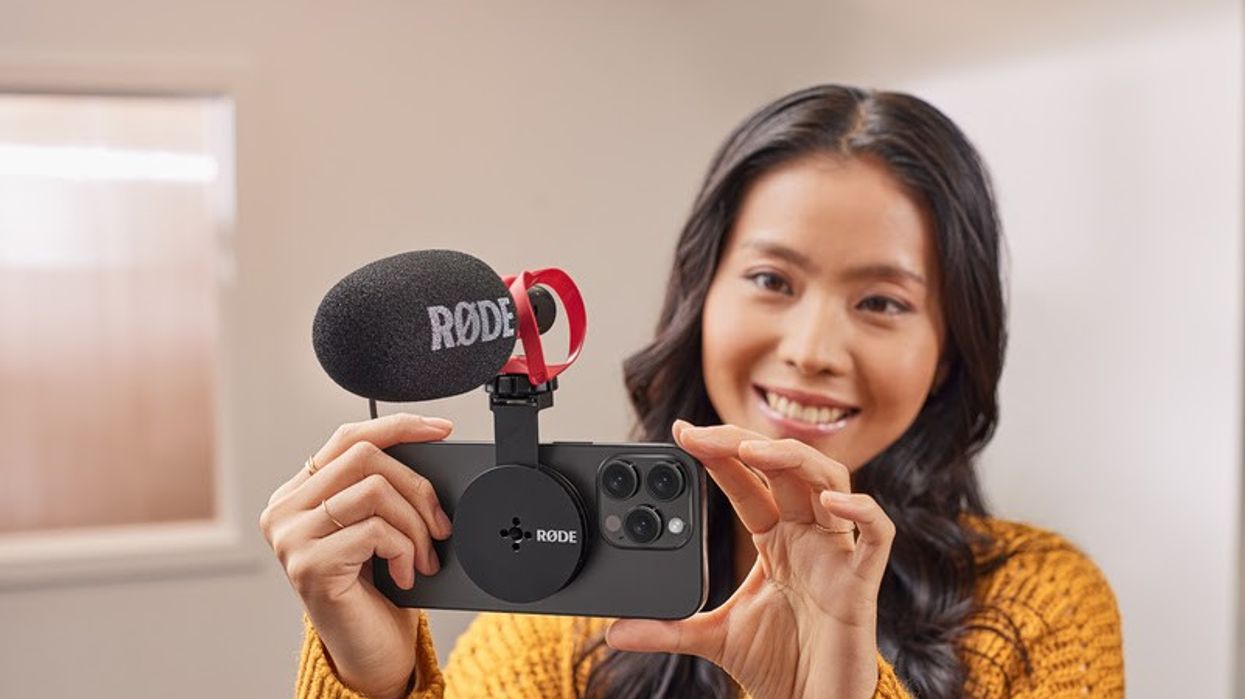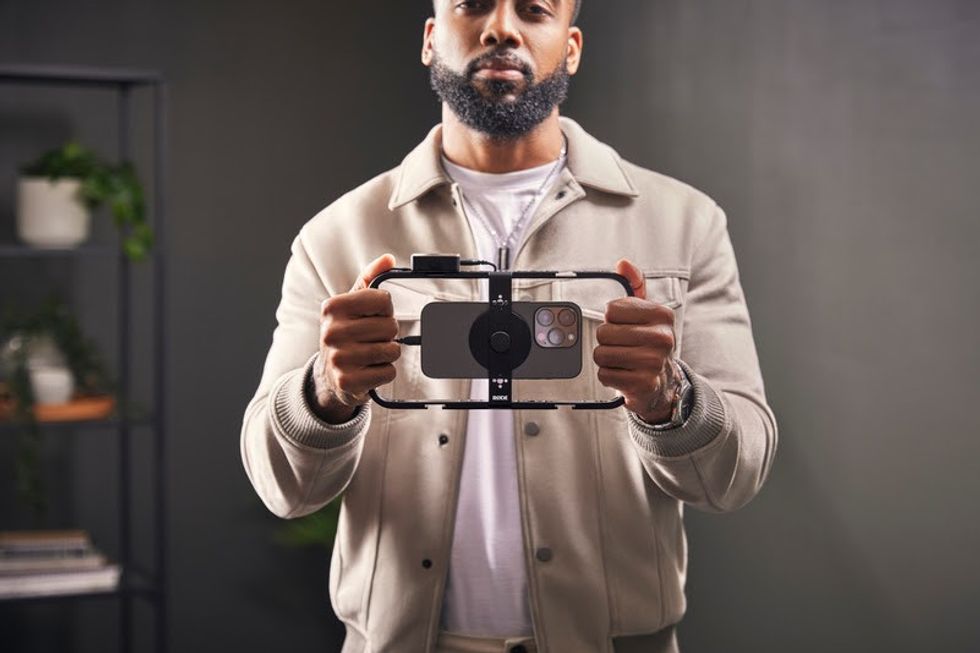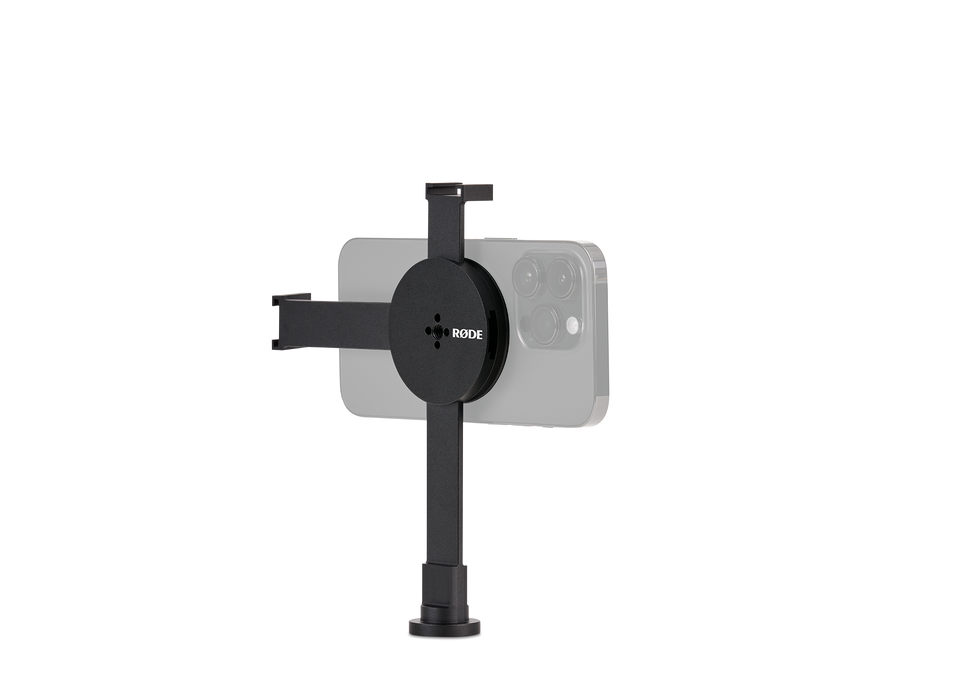We Live Switch with the Atomos Shogun 7
The Atomos Shogun 7 now has a live switching feature...and it's good.

Atomos is incredibly dominant in the monitor recorder marketplace, and one of the ways they do that is staying ahead of the pack. While there is a lot of competition among camera monitors, Atomos generally enters the market with new features first. Case in point, working with Apple on ProRes RAW, which No Film School tested using the Shogun Inferno.
While live switching is nothing new, and there are dozens of available options, including Convergent Design's Apollo, Atomos managed to add the live switching feature found on Sumo to its Shogun 7 monitor recorder, which is quite unique. There's no separate device needed, making the Shogun 7 that much more versatile.
How it works
The Shogun 7 has four SDI inputs (2x 3G-SDI, 2x 12G-SDI) that can be recorded simultaneously as separate video sources up to 1080p 60fps. After attaching the cameras, the Shogun 7 enters a quad-view mode and the camera source can be switched by pressing the screen. The mixed output can be sent through HDMI or SDI to an external monitor or to a live stream.
For the test (that was actually an episode of a podcast), I used 3 Blackmagic URSA Mini cameras and was impressed with how the unsynced live switching worked. What do I mean by unsynced live switching? Most live multi-cam productions need to be gen-locked or jam-synced so they are perfectly aligned in order to avoid issues. The Shogun 7 live switching is asynchronous, so there's no need to lock anything. It's plug and play.
The Shogun 7 can record each camera source separately, along with the program feed and an XML file. Who performed the live switching? I did, by standing in front of the camera and looking down at the touch screen.
What's great about having an XML file is that it can be imported into any compatible editing platform and the rough cut is already done. But let's imagine you weren't perfect during the live switch. No problem. Since all camera sources are recorded separately, you have the flexibility to adjust the edit.

Asynchronous switching is a great feature in any device, but to do it for less than $1,500 makes it even more impressive. To understand why you have to remember that each camera in the world runs independently of one another. While a second feels fast to us, it's actually a large amount of time.
So, even if I hit record on two cameras standing right next to each other at the exact same time, the shutters might not expose light at the exact same time. They could be subtly or not so subtly off from each other. This is a huge issue in stereoscopic 3D work, and it's also an issue when dealing with live switching. The Shogun 7 doesn't need to worry about sync issues. You can just plug in multiple camera sources and go.
Doing it while live recording yourself kind of felt magical when you understand the technical sophistication going on underneath the hood. This little 7" box is taking separate video signals, recording separate files, keeping track of an XML, and on top of all that, adjusting the timing on the video signals for sync.
For those interested in finding the simplest workflows possible for creating small or no crew videos, the Shogun 7 is an intriguing option. It's ideal for the video podcast space or any multi-camera production that requires switching and recording. It's also great for YouTube creators looking to easily add a second camera to productions – being able to live switch between them can simplify an edit.
It could also be great for the video and online education space. I could easily see teaching something technical and have a 2-camera setup and switch between them while I talk. Combine this with the live streaming tool, and you have a very handy device.

Limitations
Of course, there are limitations. While you can record a single 4K program, the individual camera source recordings are limited to 1080p. For most projects this is going to be used on, 1080p makes the most sense for now. Other limitations come from the layout. Right now it's not very customizable, and certain classics of the live switch field are not available.
Since it's a touch interface, you need to be looking right at the screen to switch to a new angle. It would be nice if there was a customizable feature that switched back and forth between two angles if you touched anywhere on the screen. This way you don't have to look down at all.
Another frustration is the wait for ARRI T-link support, which enables third party devices to record ARRIRAW. Atomos announced support for it in 2016, but it's yet to come out. For now, an external recorder that does supports many RAW formats (excluding ProRes RAW) is the Odyssey7Q+ or 7Q. While not having ARRIRAW isn't a deal-breaker, it's something to be conscious of planning workflows around specific tools. Hopefully, it's a feature brought to Shogun 7 in the future.
Final Thoughts
Even with the limitations, it's surprising to get everything in a very affordable, tiny package. It costs $1,299, but Atomos is celebrating 10 years and has a special deal now through April 17th that offers a free gift: either a 5” Shinobi SDI HDR Pro Monitor or an Angelbird AtomX SSDmini 500GB and a Shogun 7 Sunhood. Check it out.















